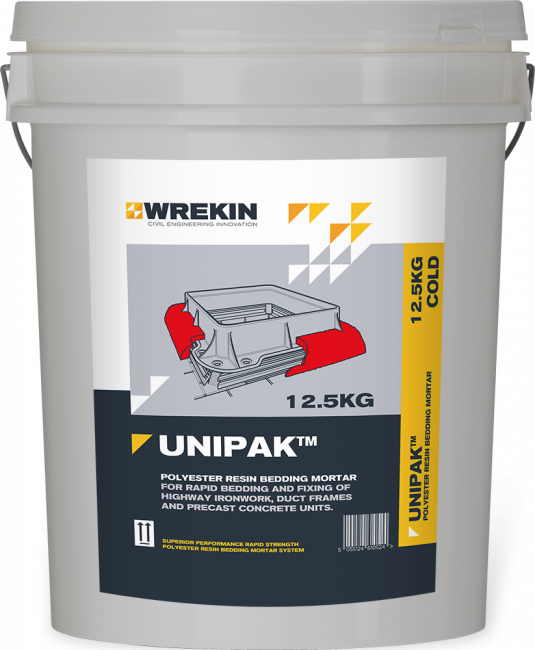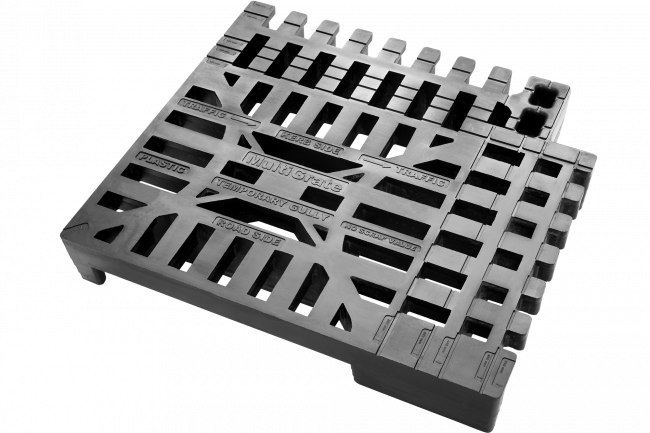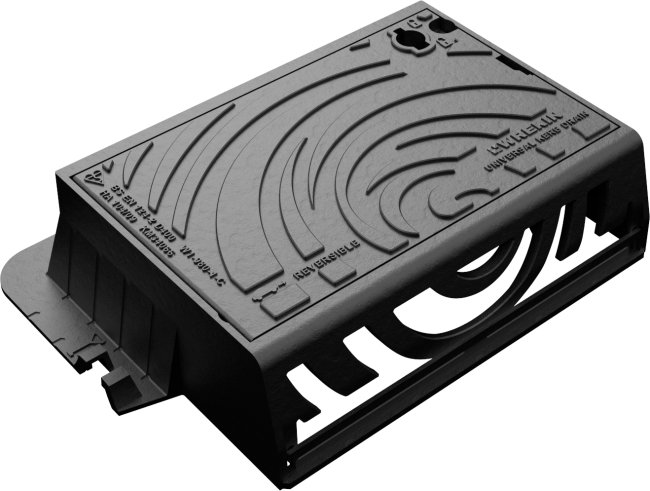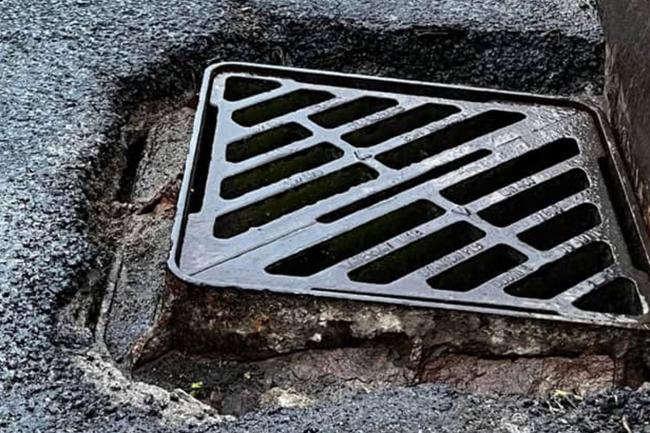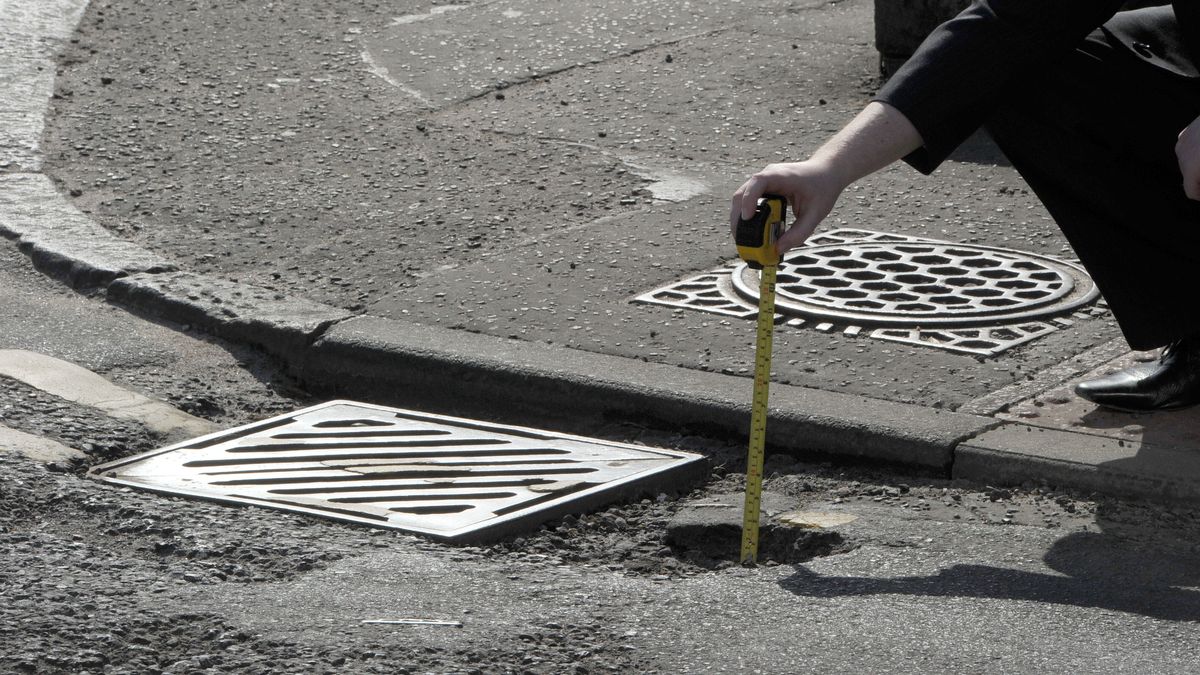
Blog
How ironwork specification affects potholes, and what it means for local authorities?
22 February 2024
During the winter months, the UK’s pothole problem increasingly features in the news. The insurance group, Admiral, is reporting a record high in the number of claims logged due to potholes. But why is this happening and more importantly what can local authorities do to understand the causes behind potholes and how to fix them? The ‘freeze and thaw’ impact on potholesPotholes are formed from weaknesses in our road surfaces. The cause might be from volume or weight of traffic as well as from surfacing joints, remedial works, or the use of poor-quality materials. Once a weakness has formed it can be prone to the impact of weather conditions such as ‘freeze and thaw’. The UK is currently in the freeze and thaw cycle, where there are periods of intense rainfall followed by a drop in temperature. The result is trapped water in road weaknesses freezing and expanding to form cracks that turn into potholes. For local authorities, this can result in an increasing number of potholes, frustrated road users and the need for a solution. Top blogsImproving ironwork to reduce the ‘freeze and thaw’ impact on potholesPoor ironwork can be a contributing factor to the formation of potholes. Road surfaces fail for many reasons, but an often overlooked cause is poor ironwork installation that is unsympathetic to its environment. This can then cause weaknesses in the surrounding bedding material and, allowing the freeze and thaw cycle to take hold and cause a pothole. Focusing on the root cause can help local authorities reduce their pothole pain. Switching from a patch repair approach to a longer-term focus, means choosing the right specification of ironwork and materials. It also helps local authorities break the cycle of resurfacing and filling potholes cheaply and quickly which can prove to be a false economy resulting in greater long-term costs and a higher environmental impact. The ideal ironwork should include features that combat the typical modes of failure that we see on UK roads, such as a rigid I-beam for high performance load transfer, BS 7903 frame gussets for overall frame rigidity, surface texturing above and below the flange for maximum mortar engagement and an optimal seating position within the frame to minimise friction wear and frame flex. As part of our recent research report, we spoke to a range of local authorities about their issues and solutions to their pothole problems. Amy Durrant, Senior Asset Management Technician at Derby City Council told us that ‘Finding a long-term solution comes down to investing in the infrastructure so that we’re not just maintaining a failing structure. Roads change and develop over time and failures can happen. You need much more solid ironwork and the bedding needs to be very strong and structured to withstand the movement and the pounding from the vehicles. Longevity is also key. A permanent repair, done properly, generally lasts for quite some time.’ What other local authorities can take from Derby City Council is the importance of breaking the cycle of fill and repair. A long-term approach will help reduce the freeze and thaw impact as well as bring cost-savings and reduced environmental impact. Where can local authorities learn more?Wrekin has published a new report that sheds light on the relationship between failing ironwork and the UK’s extensive pothole problem. ‘Potholes - More Than a Surface Issue: Helping Local Authorities Find Solutions to the UK’s Pothole Problem’ combines industry voices from: local authorities, Gaist – the provider of roadscape intelligence solutions –, and the Local Council Roads Innovation Group (LCRIG) and delves deeper into the wider impact potholes are having for councils and how a longer-term approach can reduce the environmental impact. Solutions
|



